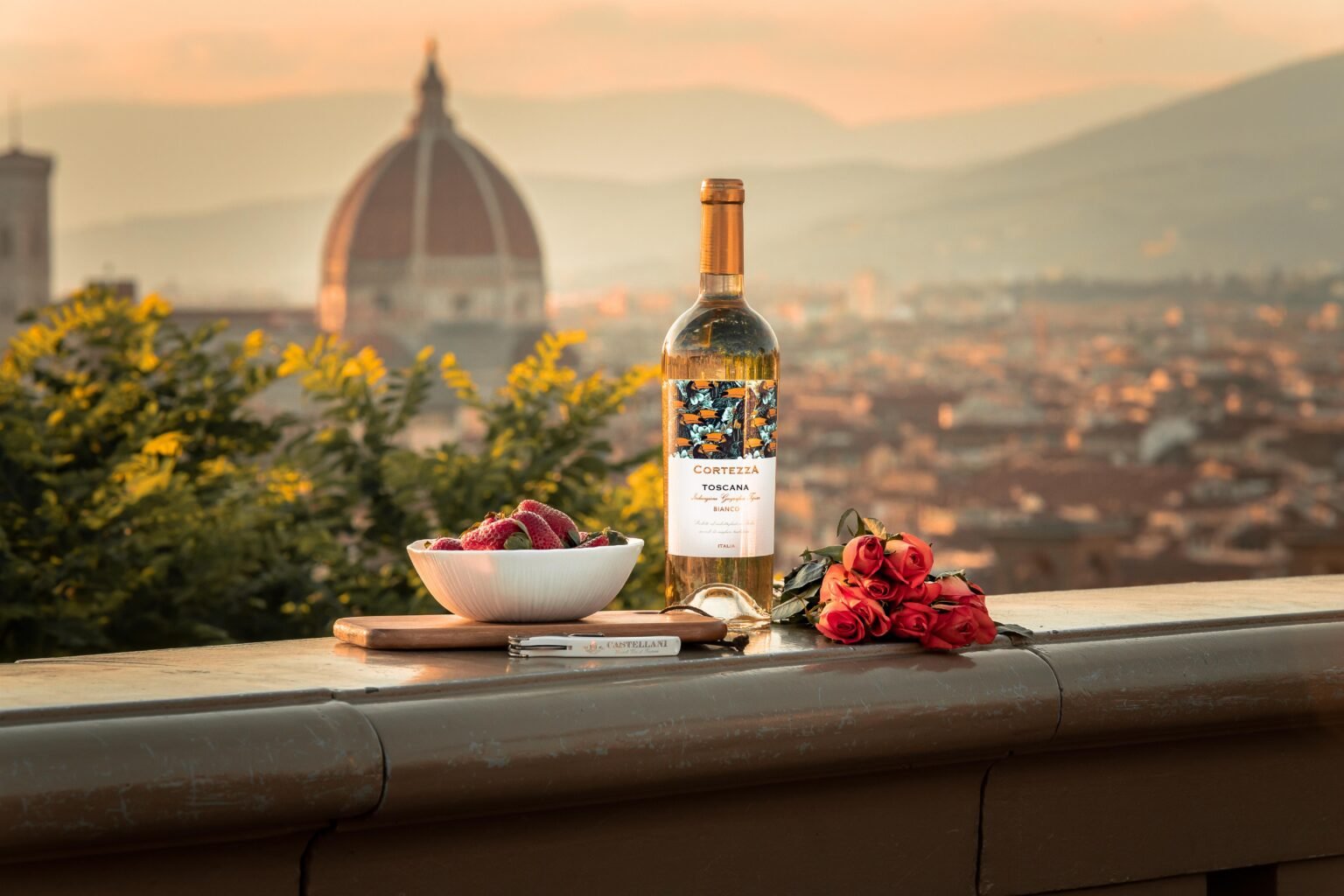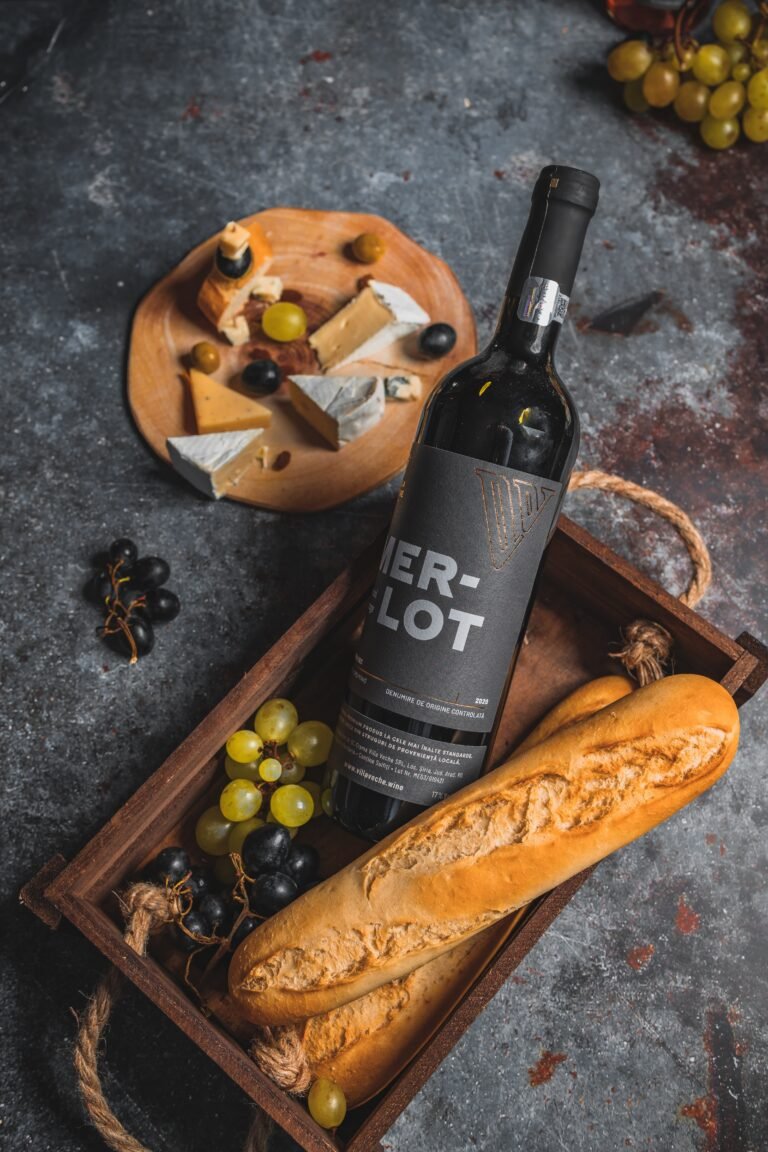Welcome to the fascinating world of wines, where each sip tells a unique story of flavors, aromas, and textures. In this exploration, we delve into a crucial aspect that often shapes our wine experience – the wine dryness scale. As we navigate through the nuances of dryness in wines, we’ll also touch upon various wine types, sweetness charts, and some intriguing facts that make the world of wines an endless adventure.
Understanding Dryness in Wines
Embarking on our journey, let’s first unravel the concept of dryness in wines. When we mention the term ‘dry,’ it doesn’t refer to the absence of liquid but rather the level of sweetness. A dry wine contains minimal residual sugar, offering a crisp and refreshing taste. The wine dryness scale becomes a crucial guide for enthusiasts, helping them pinpoint the perfect wine for their palate.
Importance of the Wine Dryness Scale
The wine dryness scale plays a pivotal role in enhancing our wine-tasting experience. Imagine ordering a glass of wine, expecting a burst of fruity sweetness, only to be surprised by a bone-dry sensation. Understanding where a wine falls on the dryness scale helps us make informed choices, ensuring each sip aligns with our preferences.
As we navigate through the world of wines, let’s take a closer look at the different types and how they align on the wine dryness scale.
Dry White Wines: Crisp Elegance Unveiled
When it comes to dryness, white wines often take center stage. These wines, lacking the sweetness found in their counterparts, offer a clean and crisp profile. Consider the popular Albarino wine – a dry white wine that hails from the Iberian Peninsula. Its zesty acidity and citrus notes place it firmly on the drier side of the scale.
Marsala wine, known for its versatility in both sweet and dry applications, adds an interesting dimension to our exploration. This Italian wine, often used in cooking, comes in varying levels of sweetness, providing a spectrum of options for different culinary creations.
Light Red Wines: Balancing Act of Flavors
As we transition to the red wine category, we encounter light red wines that strike a harmonious balance between dryness and fruity notes. These wines, like the Gamay wine, offer a delightful experience with their bright flavors and moderate tannins. The wine dryness chart becomes a useful tool in identifying light red wines that align with personal taste preferences.
Unlocking the Diversity: Exploring Different Types of Wine
Our exploration expands as we touch upon the vast array of wine names and types. From Sangiovese to Vouvray, each wine brings a unique personality to the table. The red wine sweetness chart and white wine sweetness chart guide us through the spectrum, allowing us to appreciate the diversity present in the world of wines.
Dessert Wines: Indulging in Sweetness
While our focus has been on dryness, it’s essential to acknowledge the opposite end of the spectrum – dessert wines. These wines, rich in sweetness, serve as a delightful conclusion to a meal. From the velvety sweetness of a Monastrell wine to the exquisite depth of a Vinho Verde wine, dessert wines showcase the versatility that wine descriptions can only partially capture.
Practical Insights: Glasses, Calories, and Opening Techniques
Transitioning to the practical aspects of wine appreciation, let’s explore some commonly asked questions. How many glasses in a bottle of wine? The answer depends on the pour size, but a standard bottle typically yields around five glasses. For those conscious of calorie intake, it’s worth noting that red wine tends to be lower in calories compared to its white counterparts.
Ever wondered about the mesmerizing patterns running down the sides of a wine glass? These are often referred to as wine legs, offering subtle insights into the wine’s alcohol content and viscosity.
Wine and Lifestyle: Keto, Pairing, and More
For those following a keto lifestyle, the quest for keto-friendly wines leads us to options like Aglianico and Soave wines. Pairing wine with food becomes an art, and finding the best wine for pizza or salmon can elevate the dining experience. The white vs red wine debate adds another layer of complexity, with enthusiasts debating the merits of each.
As we explore the wine regions of Australia, Oregon wine map, and the nuances of Old World vs. New World wine, the sheer breadth of options becomes apparent. The wine folly book becomes a valuable companion, offering insights into the intricacies of wine styles and regional variations.
Conclusion: A Toast to the Endless Journey
In conclusion, the wine dryness scale serves as a compass in our exploration of the vast and enchanting world of wines. From the intriguing sweetness charts to the practical considerations of opening a bottle, every aspect contributes to the richness of our wine experiences.
So, whether you prefer a bold red with pizza or a crisp white with salmon, the key lies in understanding the nuances of dryness and sweetness. As you savor each sip, remember that the world of wines is not just a beverage choice – it’s a journey, a celebration, and a story waiting to unfold in every glass.









